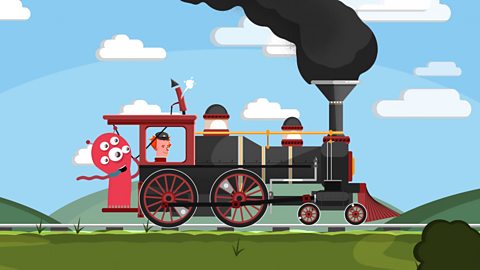What is an ecosystem?
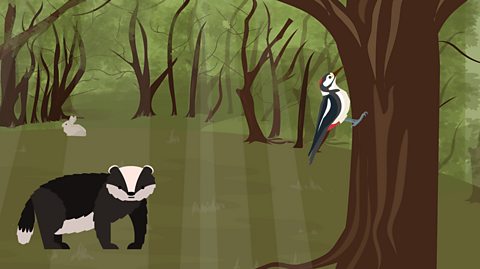
An ecosystem is a group of animals, plants and microorganisms that live together. The group of each type of living thing is called a community, and the place that they live is called a habitat.
So we have communities of rabbits and foxes that live in a woodland habitat. These and all the other living things there make up the ecosystem.

Watch: Organisms in an ecosystem rely on each other
Listen to the living things talk about their jobs in an ecosystem.
Examples of ecosystems and how they change
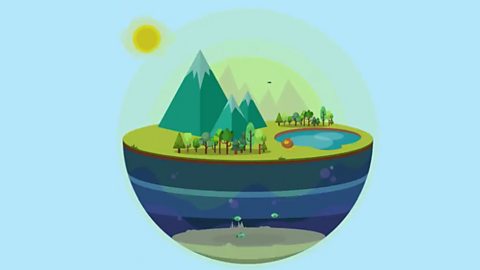
A community of animals, plants and microorganisms, together with their habitat is called an ecosystem.
For example, a pond ecosystem may consist of a pond habitat, inhabited by aquaticThis is an adjective that describes life and processes relating to water. Animals and plants that live in big bodies of water, like oceans and lakes, are aquatic. plants, microorganisms in the mud at the bottom, fish in the water and a heron on the bank.

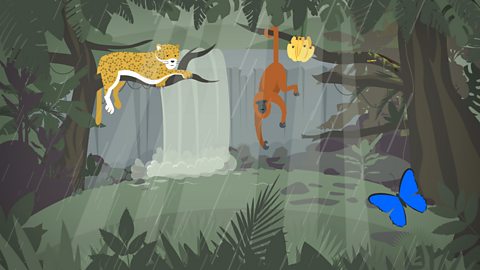
Some ecosystems like coral reefs, rainforests and woodlands have lots of communities of living things. Others like deserts and the polar regions (North and South Poles) have far fewer.
Changes to any one organism in an ecosystem can alter another. If all the foxes in a habitat are killed, then the number of rabbits might increase quickly. If the fish in a pond are all caught then the heron would not have any food. It would have to fly away and find a new habitat. So all populations in an ecosystem depend upon each other.
Activity 1: Fill in the gaps
Activity 2: Ecosystems quiz
Activity 3: Discovering ecosystems

Research an ecosystem anywhere in the world. Here are a few examples you may wish to find out more about:
- forest ecosystem
- marine ecosystem
- grassland ecosystem
Create a poster or presentation explaining where your ecosystem is found, what lives there and how it may have changed in the past or change in the future.

More on Living things and their habitats
Find out more by working through a topic
- count10 of 15
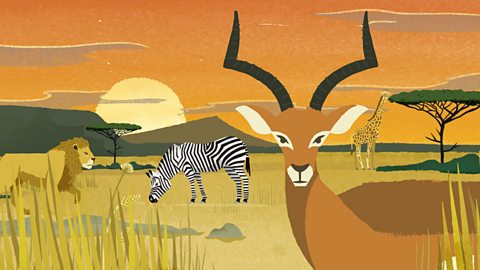
- count11 of 15

- count12 of 15
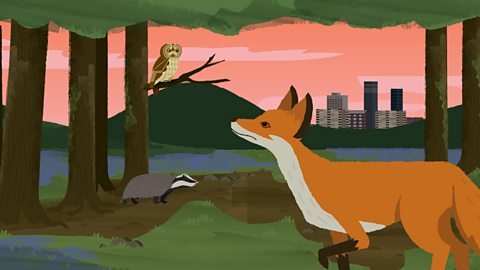
- count13 of 15
